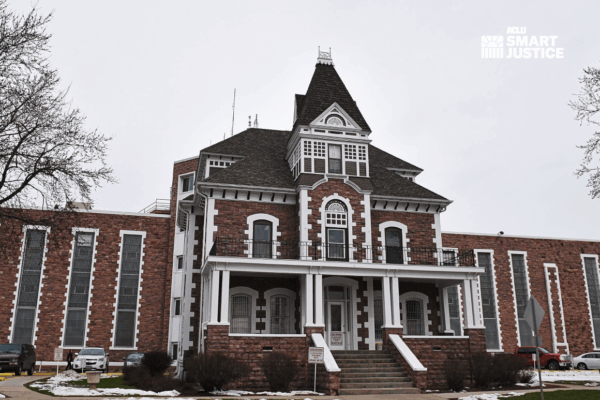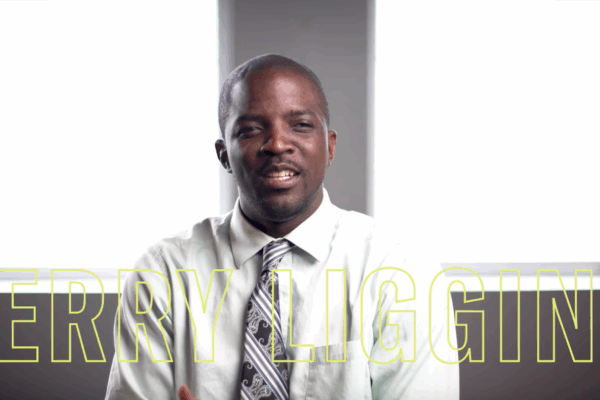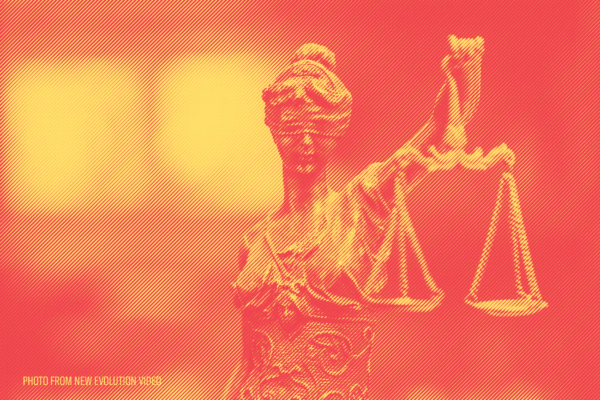South Dakota can cut its prison population in half by 2025, here's how.
Recently, the American Civil Liberties Union released its 50 State Blueprint which maps a route to a smarter criminal justice system nationwide, with suggestions that save states millions of dollars over time. The statistics within these reports reinforce the need for criminal justice reform in South Dakota – particularly when it comes to drug-related offenses.
Over the past five decades, the United States has dramatically increased its reliance on the criminal justice system as a way to respond to drug addiction, mental illness, poverty, and broken schools. As a result, the United States today incarcerates more people, both in absolute numbers and per capita, than any other nation in the world. Millions of lives have been upended and families torn apart.
The mass incarceration crisis has transformed American society, damaged families and communities, and wasted trillions of taxpayer dollars. We all want to live in safe and healthy communities, and our criminal justice policies should be focused on the most effective approaches to achieving that goal. But the current system has failed us. It’s time for the United States to dramatically reduce its reliance on incarceration and invest instead in alternatives to prison, including approaches better designed to break the cycle of crime and recidivism by helping people rebuild their lives.
Like many states, South Dakota’s prison population has skyrocketed in recent decades, growing by 550 percent between 1980 and 2017, when it reached a new high of 3,959 people. As of March 2019, the number was slightly lower, at 3,799 imprisoned people. Legislative reforms passed in 2013 intended to curb the large number of people entering prison for nonviolent offenses — particularly drug offenses.4 Still, as of 2018, the prison population was only slightly smaller (281 fewer people) than the population projected if no reform had occurred. And even those reforms have been jeopardized, with the attorney general vowing to repeal one of its key provisions: the establishment of “presumptive probation” for low-level felonies rather than incarceration.
Felony convictions rose by 26 percent between 2013 and 2015, most sharply for South Dakota’s least serious drug felonies, including possession and ingestion of a controlled substance. Overall, people admitted to South Dakota prisons are still overwhelmingly imprisoned for nonviolent crimes. In 2017, nearly three in four men (73 percent) and nearly nine in 10 women (88 percent) admitted to prison as new commitments had been convicted of such offenses. And in 2015, one in four admissions to South Dakota prisons was for drug possession — the most common admissions offense that year. A major driver of lengthy prison terms in South Dakota is revocation from parole and probation. The average length of time spent in prison for violations rose sharply between 2014 and 2016. The vast majority of those violations were technical in nature, for behavior that wouldn’t otherwise be classified as a crime. In 2016, more than three in four (76 percent) probation violations and nine in 10 (89 percent) parole violations were for such technical offenses. People of color are disproportionately caught up in South Dakota’s criminal legal system. More than one-quarter (28 percent) of men and nearly half (46 percent) of women in South Dakota prisons in 2017 were Native American. Also, as of 2017, the Black adult imprisonment rate in the state was seven times as high as the white adult imprisonment rate. And all this incarceration is expensive. In 2017, the state spent $98 million from its general fund on corrections, accounting for 6 percent of the state general fund expenditures that year.
So, what’s the path forward?
Alternatives to prison exist. South Dakota’s recent juvenile justice reforms focused on such alternatives contributed to 63 percent fewer new youth commitments to out-of-home placements under the Department of Corrections between 2014 and 2018. Lawmakers in the state should pass laws that promote similar alternatives in the adult system. Improving probation practices that widen existing presumptive probation to include Class 4 felonies would also help, and it is critical that lawmakers protect the reforms that have already been passed.
Changing probation practices so that minor infractions or substance use don’t lead to incarceration is also important, as is extending access to mental health and addiction treatment. South Dakota should also enact pretrial reform — including enhancing speedy trial rights, expanding access to counsel, and expanding mandatory cite-and-release policies — and limit pretrial detention to the rare case where a person poses a serious, clear threat to another person.
Sentence enhancements should only be applied to offenses involving violence, rather than continuing under the current system that requires an individual with one or two prior felony convictions to be subjected to an enhanced penalty. Encouraging the use of parole could also decrease the prison population, and the state should ensure that at least two members of the parole board come from a public defense or trauma-informed background. Expanding compassionate release could also help people get out of prison when they are older than 50 and statistically unlikely to commit a new crime.
For more detailed information about these and other potential reforms, see the sections on “Reducing Admissions” and “Reducing Time Served.” If South Dakota were to adopt these and other changes, the state could achieve a 50 percent reduction in its prison population, leading to a total cost savings of $112 million by 2025 — money that could be better spent on schools, infrastructure, and services for South Dakotans.





